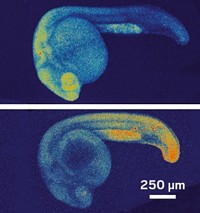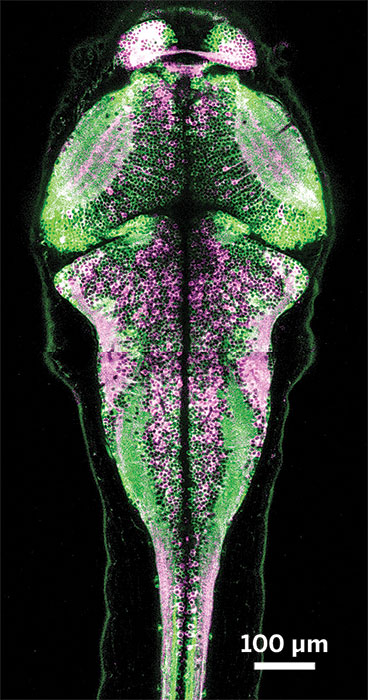Advertisement
Grab your lab coat. Let's get started
Welcome!
Welcome!
Create an account below to get 6 C&EN articles per month, receive newsletters and more - all free.
It seems this is your first time logging in online. Please enter the following information to continue.
As an ACS member you automatically get access to this site. All we need is few more details to create your reading experience.
Not you? Sign in with a different account.
Not you? Sign in with a different account.
ERROR 1
ERROR 1
ERROR 2
ERROR 2
ERROR 2
ERROR 2
ERROR 2
Password and Confirm password must match.
If you have an ACS member number, please enter it here so we can link this account to your membership. (optional)
ERROR 2
ACS values your privacy. By submitting your information, you are gaining access to C&EN and subscribing to our weekly newsletter. We use the information you provide to make your reading experience better, and we will never sell your data to third party members.
Biological Chemistry
Turning Off A Protein By Turning On A Light
Molecular Biology: Researchers triggered the degradation of a protein by attaching it to a light-sensitive domain that can recruit the cell’s protein disposal system
by Erika Gebel Berg
November 14, 2013

If biochemists could dial in more or less of a certain protein in a cell, they could then watch how the cell responds to determine that protein’s role. Now researchers report a simple dimmer switch that lowers levels of a protein inside a cell using blue light (ACS Chem. Biol. 2013, DOI: 10.1021/cb400755b).
Most systems that use light to alter protein levels require two or more genetic tweaks to cells, says Kimberly M. Bonger, now at Radboud University, in Nijmegen, the Netherlands. She and her colleagues wanted to develop a method that worked with just one—the insertion of a light-sensitive domain into their gene of choice—to make the method easier to apply to a wide range of proteins.
The key to this simplification was a four-amino-acid sequence called a degron, which tells the proteasome—an enzyme complex that acts as the cell’s garbage disposal—to chew up the protein labeled with that sequence. To degrade a protein of interest, Bonger, while in the laboratory of Thomas J. Wandless at Stanford University, linked a degron to a light-sensitive protein domain called LOV2. In the dark, LOV2 folds up, and that hides the degron. But, when excited with blue light, the domain unfolds, exposing the degron and unleashing the wrath of the proteasome. Blue light doesn’t harm cells, so the switch shouldn’t affect any cellular function on its own.
To test the method, the researchers expressed the gene for yellow fluorescent protein with the LOV2-degron tag in mouse fibroblast cells. In the dark, the fluorescent signal from the cells was strong. After exposing the cells to blue light for two hours, the fluorescence decreased by 80 to 90%, signaling the protein’s demise.
Bonger plans to use the method to turn genes off and on by attaching the light-sensitive protein domain to transcription factors.





Join the conversation
Contact the reporter
Submit a Letter to the Editor for publication
Engage with us on Twitter